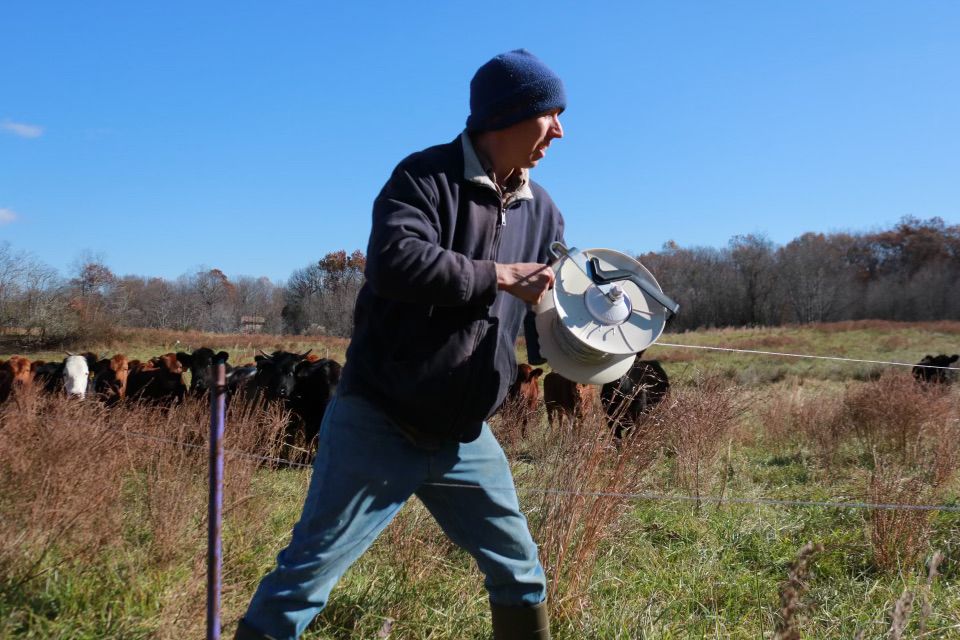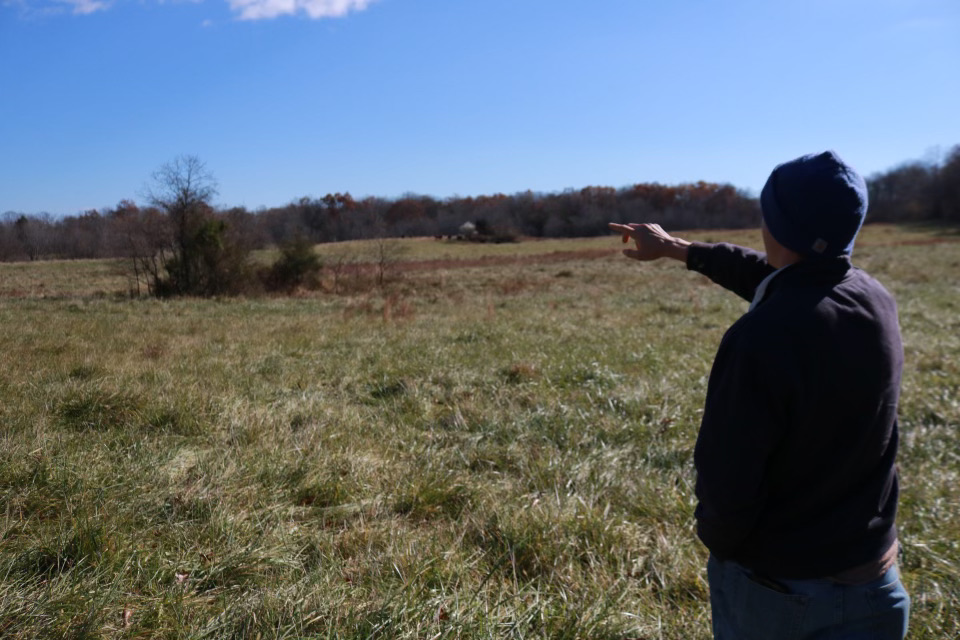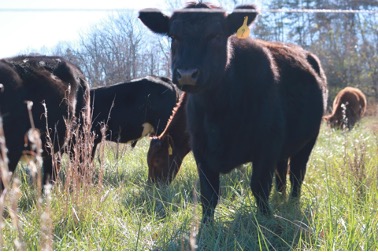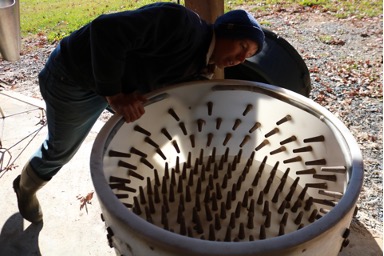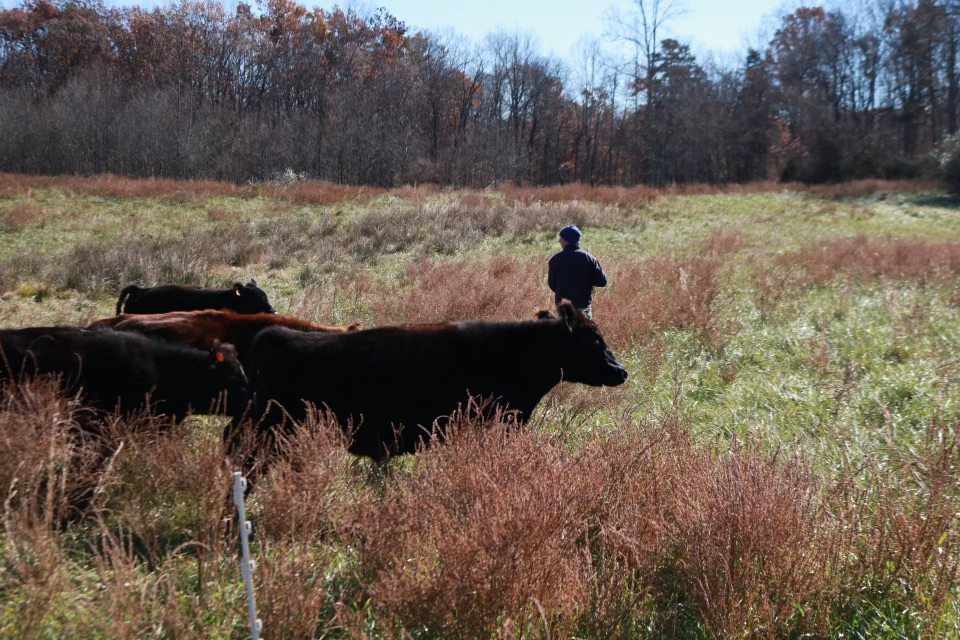Learn More About Living Pastures Farm!
Jonathan Elliott and his wife recently started Living Pastures in 2019. Working at another farm previously, Jonathan was able to build a connection with one of the farm’s regular customers and leased property from him to start his own farm.
Learning a lot by working for four years prior to starting his own farm, Jonathan says: “I’ve learned a lot, changed a lot of how I’ve done things, and there’s still a lot for me to learn and things that I’d like to keep improving.”
His past experience helped him gain sight and gave him the skill to perform his basic day-to-day skills like taking take care of the animals, processing chickens, knowing what materials and tools to buy, and more nuanced skills like knowing the kind of grazing patterns that benefit soil and pastures.
“Improvements come through a combination of paying really close attention to how the land responds to our grazing practices, how the animals respond, and then reading and going to conferences and talking with other farmers,” Elliot said.
He said that his experiences helped him get a kick start on his own farm and have allowed him to build relationships within the broader farming community.
“When it comes to his take on regenerative farming, regenerative is the term people have taken up in order to describe the fact that we need to build back up the soil's health to a point where it’s at a stage or a degree.”
In regenerative farming, there are two kinds of agriculture production: livestock (animals) and crops (plants). Both can be done in ways that either improve or degrade the soil, and the reason for focusing so much on the soil is that the soil life, and health, is the foundation of all other life on the farm.
Elliot explained that the health of the plants and animals that the soil supports can only be as good as the soil allows it to be.
Similar to other regenerative farmers, he uses a rotational grazing technique with his cattle.
“We’re trying to use the animals to mimic that herd, or flock, grazing pattern that animals are natural because that’s the way in which the soil and the plants and animals have kind of all evolved over the centuries together in a symbiotic relationship,” Elliot said.
He mimics flock and herd movements by never letting the animals have access to any one piece of land for an extended period of time, around one to three days. This mimics natural herd movement as wild grazing herds never stay in one place for long because of predator pressure.
“The simple way to describe it is basically to constantly move the animals,” he said.
When Elliott utilizes this practice, he’s able to have fresh land constantly and a noticeable difference between grazed and ungrazed land.
The pasture needs time to fully recover before it’s grazed again. One way that he demonstrated that you can easily see the difference between grazed and ungrazed land is in the Rainfall Simulator.
Not only is he growing the farm, but Jonathan is also growing his family.
Talking about how his daughter comes and watches the process, he touched on how the older she gets the more responsibility she’ll be able to take on and work alongside him. Properly teaching the regenerative techniques, the farm will be a strong family farm for years to come.
